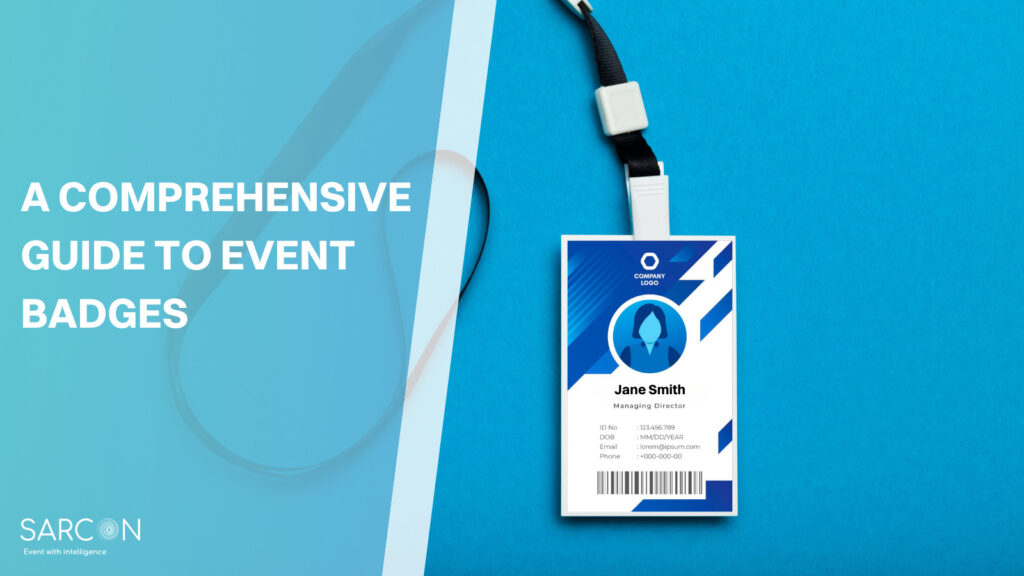Badges are more than just decorative pins or emblems; they hold historical significance, symbolize achievements, and serve as essential tools in various industries. From representing honor and authority to being a creative way of self-expression, badges have become versatile elements in modern culture. This article delves into the fascinating world of badges, their origins, uses, and how they continue to evolve today.
The History of Badges
The history of badges dates back to ancient civilizations. Early societies used emblems to signify rank, authority, or affiliation. For instance:
- Medieval Knights: Wore badges to represent their allegiance to a particular lord or kingdom.
- Military Insignia: Badges have long been used to denote rank, valor, or unit in military organizations.
- Guilds and Craftsmen: During the Renaissance, guild members wore badges to showcase their trade skills and affiliations.
Today, the historical influence of these symbols remains, with badges used in various professional, recreational, and personal contexts.
Types of Badges
Badges serve diverse purposes and come in many forms, each tailored to specific needs:
1. Professional Badges
Organizations use badges to represent authority or identity. Examples include:
- Police and Military Badges: Often metallic and intricately designed to signify authority.
- Corporate Badges: Employee ID badges, which ensure security and access.
2. Achievement Badges
These badges are awarded to recognize accomplishments:
- Scout Badges: Symbolize skills or tasks completed in scouting programs.
- Academic and Sports Medals: Highlight academic success or athletic prowess.
3. Event Badges
Used for identification or access at conferences, concerts, or festivals:
- Lanyard Badges: Provide easy identification.
- VIP Passes: Special access badges for exclusive areas.
4. Custom and Decorative Badges
Creative, personalized badges are widely popular for self-expression or branding:
- Custom Pins: Popular in fandoms or political campaigns.
- Fashion Accessories: Worn on clothing or bags to showcase personality.
Modern Innovations in Badges
The digital age has introduced innovative uses for badges:
Digital Badges
Digital badges are virtual representations of achievements or skills, often used in online learning or gamification. Platforms like LinkedIn and eLearning sites award digital badges to validate skills, making them highly valuable in professional networks.
Smart Badges
With RFID and NFC technology, badges now offer functionalities like:
- Seamless event check-ins.
- Cashless transactions at festivals.
- Enhanced security with embedded tracking.
The Significance of Badges Today
Badges continue to hold a special place in various sectors:
Education and Personal Growth
Badges motivate individuals to achieve milestones, particularly in education. They serve as visual proof of growth, encouraging further accomplishments.
Branding and Marketing
Companies use custom badges to promote brand awareness. They’re popular as giveaways, fostering connections between businesses and their audiences.
Community Building
Groups, clubs, and fandoms use badges to symbolize unity and shared interests. These small tokens often become cherished memorabilia.
Choosing the Right Badge
When selecting a badge, consider its purpose and design:
- Material: From enamel to metal, the material determines the badge’s durability and appearance.
- Design: Ensure it aligns with the intended message or identity.
- Technology: For advanced uses, opt for smart or digital badges.
Final Thoughts
Badges are timeless symbols of identity, achievement, and creativity. Whether physical or digital, their ability to convey meaning and value is unparalleled. In a world that thrives on recognition and belonging, badges remain a small but powerful tool that connects individuals, celebrates success, and fosters innovation.
So next time you pin a badge or earn one digitally, remember its rich history and the unique story it tells about you or your community.







